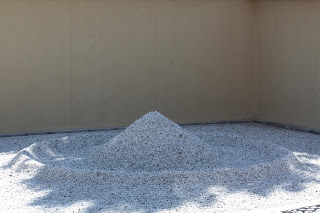Built by Roma Agrawal
Built is a lucid well written book on a subject that would
frighten most folks—i.e. the complicated high end world of engineering with its
dependence on math, physics, chemistry, computers, and history. Undaunted into this subject comes Roma
Agrawal, a woman in a traditionally male profession, who has a remarkable gift for explaining the
most complicated things using clear prose and simple examples. The scope of her
discussions covers literally the entire history of structures from the Stone
Age to modern skyscrapers.
Did you know the complex history of the simple brick, the structure
of the arch, or the creation of bridge
spans, sewers, and skyscrapers? Roma
covers them all with supreme ease and a nice sense of humor about her position
in conference rooms the world over as the only female in large groups of men.
If you have done any kind of world traveling, you can truly
enjoy this book because you’ve seen a lot of the structures she talks about
like the Pyramids, the Pantheon, the Eiffel Tower, the great Cistern in
Istanbul, and the Gherkin and the Shard
(which she helped design) in London. But
mainly it was her lucid explanations and wry humor that appealed to me. I mean what author can get away with a whole
chapter devoted to the “Turd Trade” and can put it to rest by simply noting “That’s
probably enough of poo.”





















